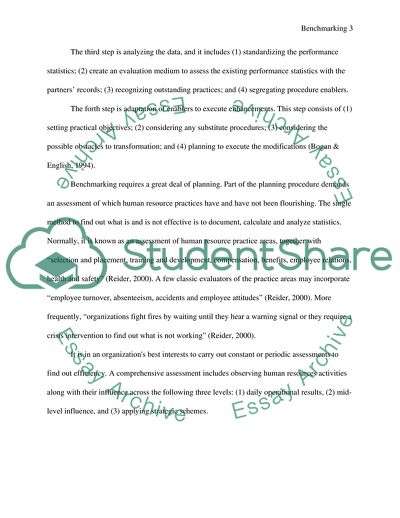Cite this document
(Benchmarking Report Example | Topics and Well Written Essays - 1500 words, n.d.)
Benchmarking Report Example | Topics and Well Written Essays - 1500 words. https://studentshare.org/human-resources/1781502-week-3-paper
Benchmarking Report Example | Topics and Well Written Essays - 1500 words. https://studentshare.org/human-resources/1781502-week-3-paper
(Benchmarking Report Example | Topics and Well Written Essays - 1500 Words)
Benchmarking Report Example | Topics and Well Written Essays - 1500 Words. https://studentshare.org/human-resources/1781502-week-3-paper.
Benchmarking Report Example | Topics and Well Written Essays - 1500 Words. https://studentshare.org/human-resources/1781502-week-3-paper.
“Benchmarking Report Example | Topics and Well Written Essays - 1500 Words”. https://studentshare.org/human-resources/1781502-week-3-paper.


